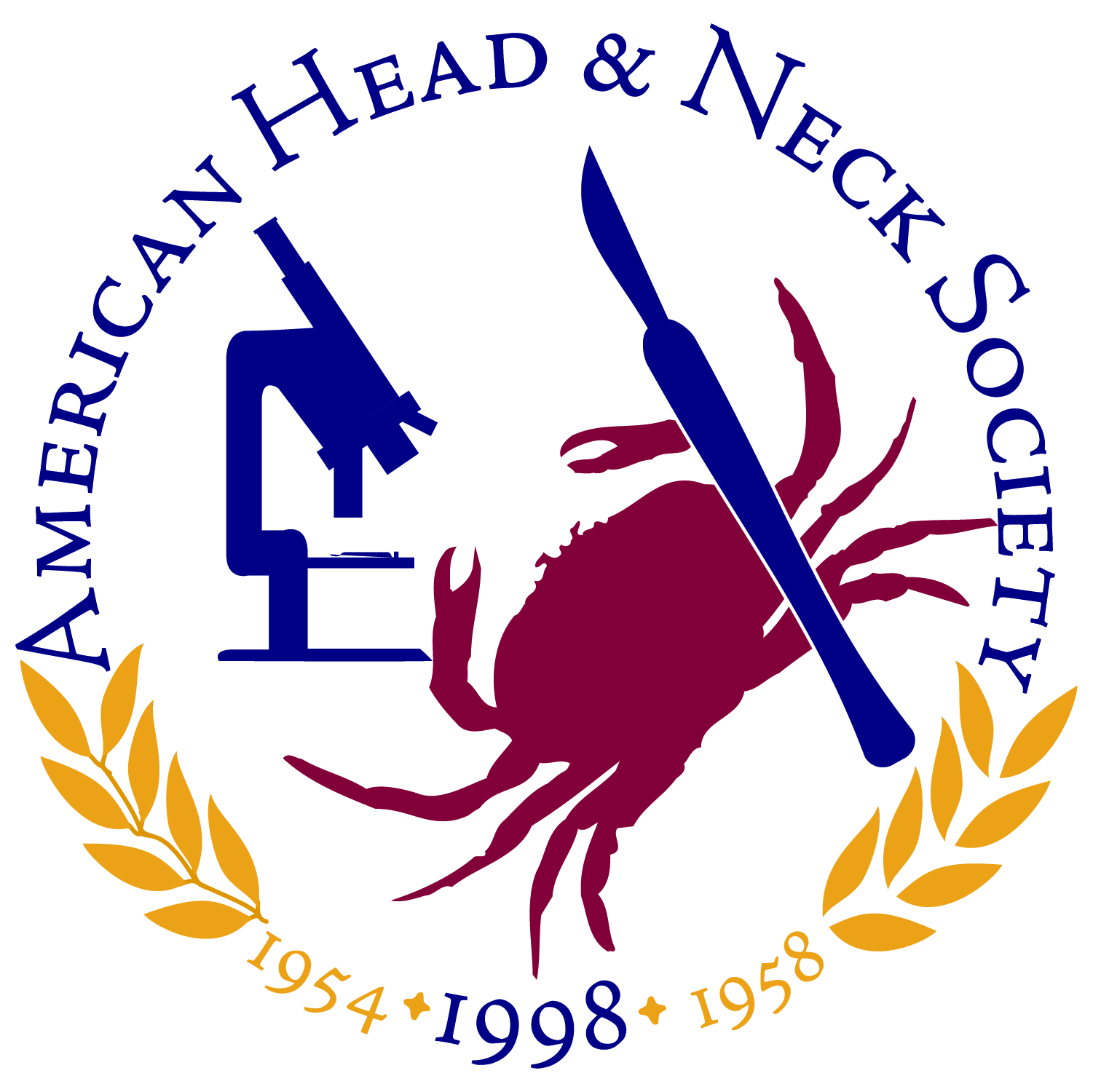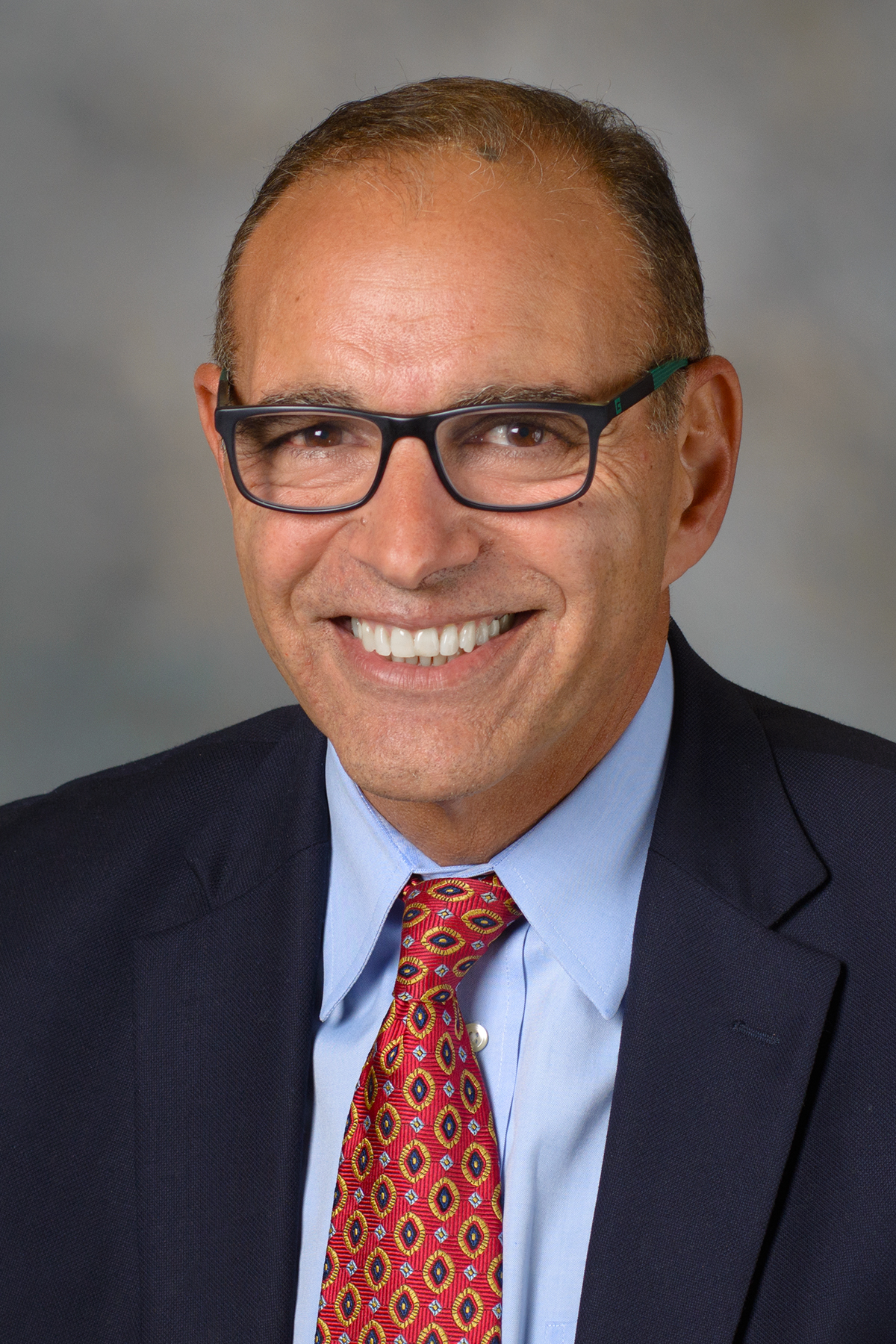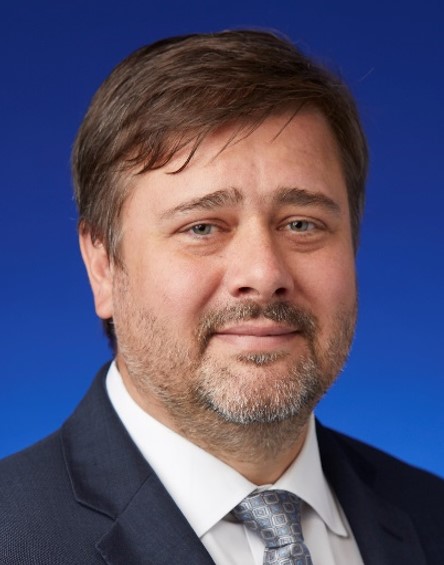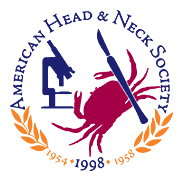AHNS Endorses ACS Statement on Recent Violence and Protests
Dear AHNS Member, The American Head and Neck Society (AHNS) strongly endorses the below statement from the American Colleges of Surgeons (ACS) regarding the recent violence and protests. Please join us in supporting the ACS and please stay safe and well. Thank you. Cherie-Ann Nathan, MD AHNS President American College of Surgeons Response To …




